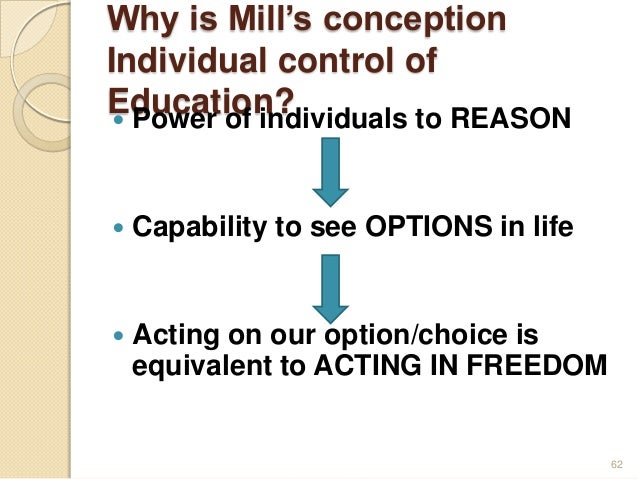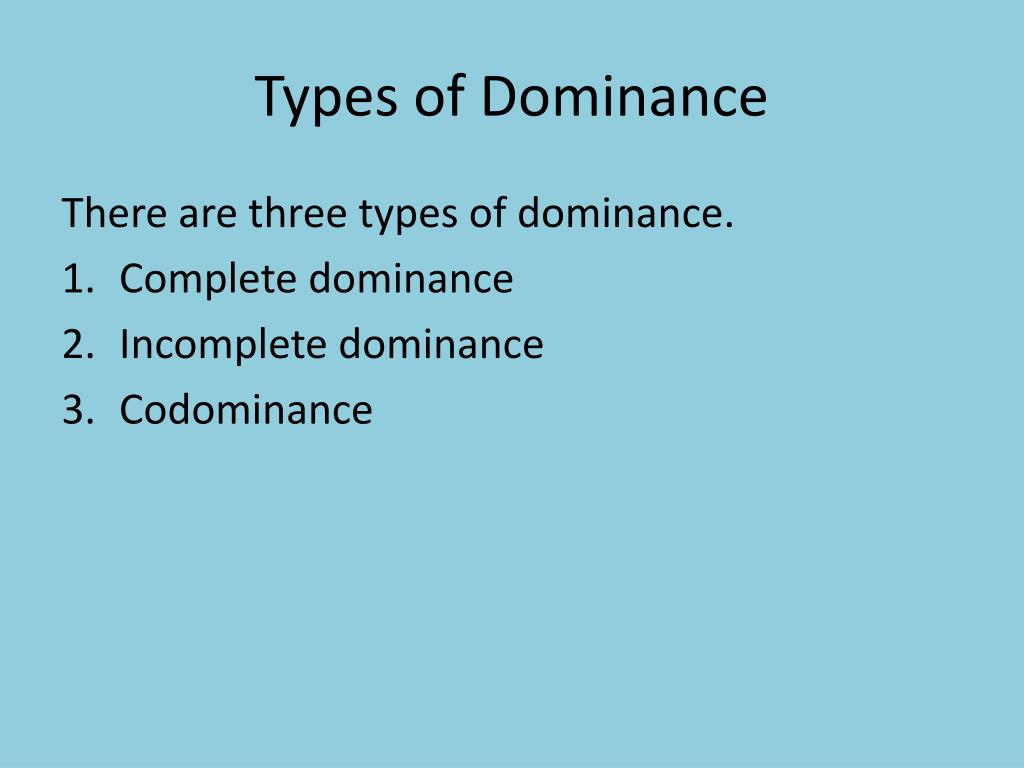
So a dominant phenotype would be one that results from a dominant gene and a recessive phenotype would only result when the dominant is absent. Something that is dominant has complete power or control over something else. What is complete dominance? To define complete dominance in biology, we must recall what it means to be dominant.

The completely dominant alleles are those that are displayed in the phenotype. Recessive alleles will only be seen in the absence of the dominant alleles. Genotypes and phenotypes can give the result of dominant and recessive alleles. The genotype traits are seen through the phenotype – which displays the genes and their properties physically. The combination of those two alleles assigns the organism’s genotype. The variant form of a gene that usually determines traits is called an allele. Additionally, one allele may be dominant for one trait but not others.ĭominance differs from epistasis, the phenomenon of an allele of one gene masking the effect of alleles of a different gene.Traits can appear in many different forms of a gene. It is a strictly relative effect between two alleles of a given gene of any function one allele can be dominant over a second allele of the same gene, recessive to a third and co-dominant with a fourth. Thus, allele R is dominant over allele r, and allele r is recessive to allele R.ĭominance is not inherent to an allele or its traits (phenotype). In Rr (heterozygous) individuals, the R allele masks the presence of the r allele, so these individuals also have round peas. The RR (homozygous) individuals have round peas, and the rr (homozygous) individuals have wrinkled peas. In this case, three combinations of alleles (genotypes) are possible: RR, Rr, and rr.

Peas may be round, associated with allele R, or wrinkled, associated with allele r.

A classic example of dominance is the inheritance of seed shape in peas. Letters and Punnett squares are used to demonstrate the principles of dominance in teaching, and the use of upper case letters for dominant alleles and lower case letters for recessive alleles is a widely followed convention. Additionally, there are other forms of dominance such as incomplete dominance, in which a gene variant has a partial effect compared to when it is present on both chromosomes, and co-dominance, in which different variants on each chromosome both show their associated traits.ĭominance is a key concept in Mendelian inheritance and classical genetics. Since there is only one copy of the Y chromosome, Y-linked traits cannot be dominant or recessive. The terms autosomal dominant or autosomal recessive are used to describe gene variants on non-sex chromosomes (autosomes) and their associated traits, while those on sex chromosomes (allosomes) are termed X-linked dominant, X-linked recessive or Y-linked these have an inheritance and presentation pattern that depends on the sex of both the parent and the child (see Sex linkage). This state of having two different variants of the same gene on each chromosome is originally caused by a mutation in one of the genes, either new (de novo) or inherited. The first variant is termed dominant and the second recessive. In genetics, dominance is the phenomenon of one variant (allele) of a gene on a chromosome masking or overriding the effect of a different variant of the same gene on the other copy of the chromosome. Wikipedia Rate this definition: 0.0 / 0 votes


 0 kommentar(er)
0 kommentar(er)
